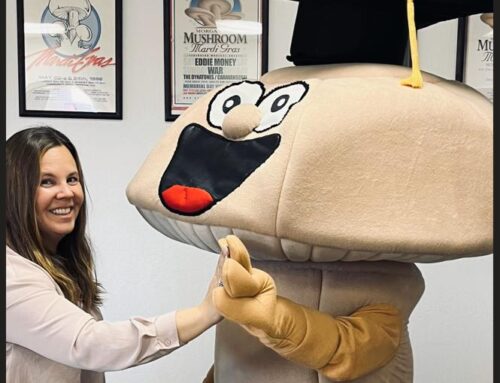Tickets are available at Ramayana.BrownPaperTickets.com

Photo courtesy Mount Madonna School
Published online May 2, 2024 from a press release
By Staff Report

“Ramayana!” returns to the stage to entertain audiences of all ages June 6-9 at the Mexican Heritage Theater in San Jose. All seats are reserved and tickets are available at Ramayana.BrownPaperTickets.com
The production features a cast of students ranging from preschool to high school, and includes traditional and contemporary music, a choir, musicians and more than a dozen original, standout songs.
“The production of ‘Ramayana!‘ has been central to Mount Madonna School since its founding,” said Head of School Ann Goewert. “With this show, we carry forward a tradition inspired by Baba Hari Dass (1923-2018) and supported by the Mount Madonna Center. It’s the culmination of months of work during the academic year and is a year-end celebration for our community embracing diversity and creative self-expression. The Ramayana is a timeless classic teaching the universal values of truth, duty, love and service to the greater good. As students work together to prepare for this ambitious show, they embody the values embedded in the Ramayana.”
Mount Madonna Center (MMC) for the Creative Arts and Sciences is a residential community and conference center founded in 1978 atop a mountain in Watsonville. Baba Hari Dass (Babaji), a silent monk, teacher, and practitioner of yoga from India was the inspiration behind the founding of the center, which shares a history and mission with the school, and the annual performance of the “Ramayana!” is part of this mission.
The well-known tale with origins in India was adapted into a musical by members of the Mount Madonna community in the 1970s. The original songs are part of the American rock musical theater tradition, with echoes of “Hair” and “Jesus Christ Superstar,” plus a contemporary nod to “Hamilton,” Broadway’s biggest musical in recent decades.
This whole-school production brings together all MMS students, big buddies and little buddies, connecting them in ways they may not otherwise share during the school year. As the process unfolds, the performing arts team guides and provides structure, but more importantly, endeavors to “create space” for young actors to instill their own creativity, imagination and ownership of their parts, and their play. “Ramayana!” is an emblematic example of theater as community. The development of theatrical skills and strengthening of confidence to be bold in presentation are woven into the team’s time with the students.

Photo courtesy Mount Madonna School
The current version of the show features choreographed fight scenes, monkeys and monsters, comedy, deep introspection by many characters, including King Ravana (in his unique ten-headed costume). Within the action are rousing choreographed dances from Bharatanatyam to Hip Hop, as well as plenty of stage combat and spectacle.
The costumes, demon and monkey masks, elaborate sets, props, and monster rigs (such as Kumbhakarna, a 25-foot puppet with a radio-controlled mechanical mouth and eyes) were created by Baba Hari Dass, as well as artisans associated with both the center and the school. Every item in the show is a work of handmade art.
“Ramayana!” is a Broadway-caliber production, unique in its ambition. Now in its 45th iteration, the show is a major contribution to the artistic and cultural life of the San Francisco and Monterey bay areas, the expression of a living tradition with ties to India and the global Indian diaspora, and a unique treasure for generations of students and theatergoers.
Every character in the “Ramayana!” story represents an aspect of one’s personality. There is the devotional service that Hanuman represents, the greed and pride exuded by Ravana, and the sense of duty and righteousness embodied by Rama – these are all aspects of human nature that we each possess, and like all morality tales, the good and the virtuous are what ultimately triumphs.

Photo courtesy Mount Madonna School






